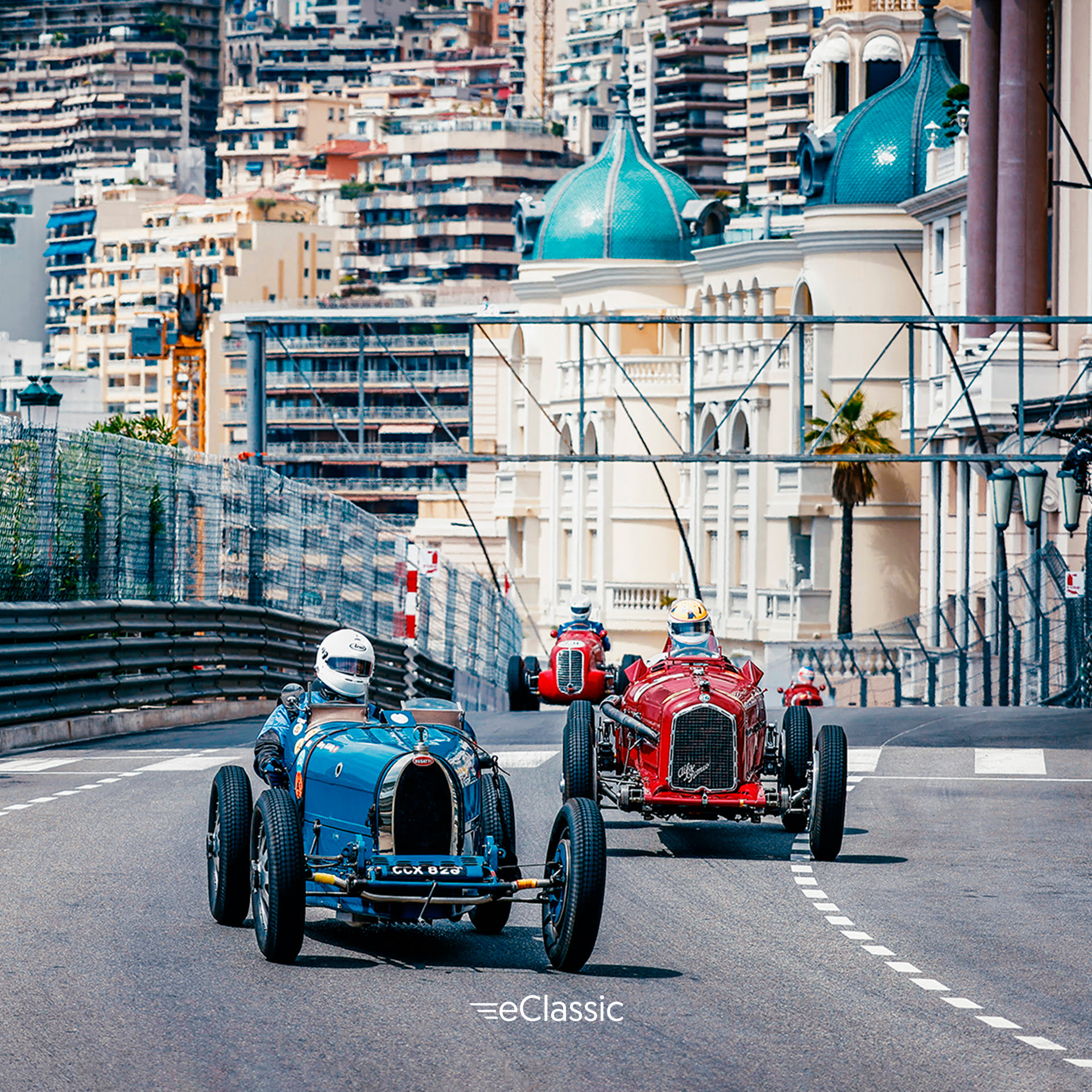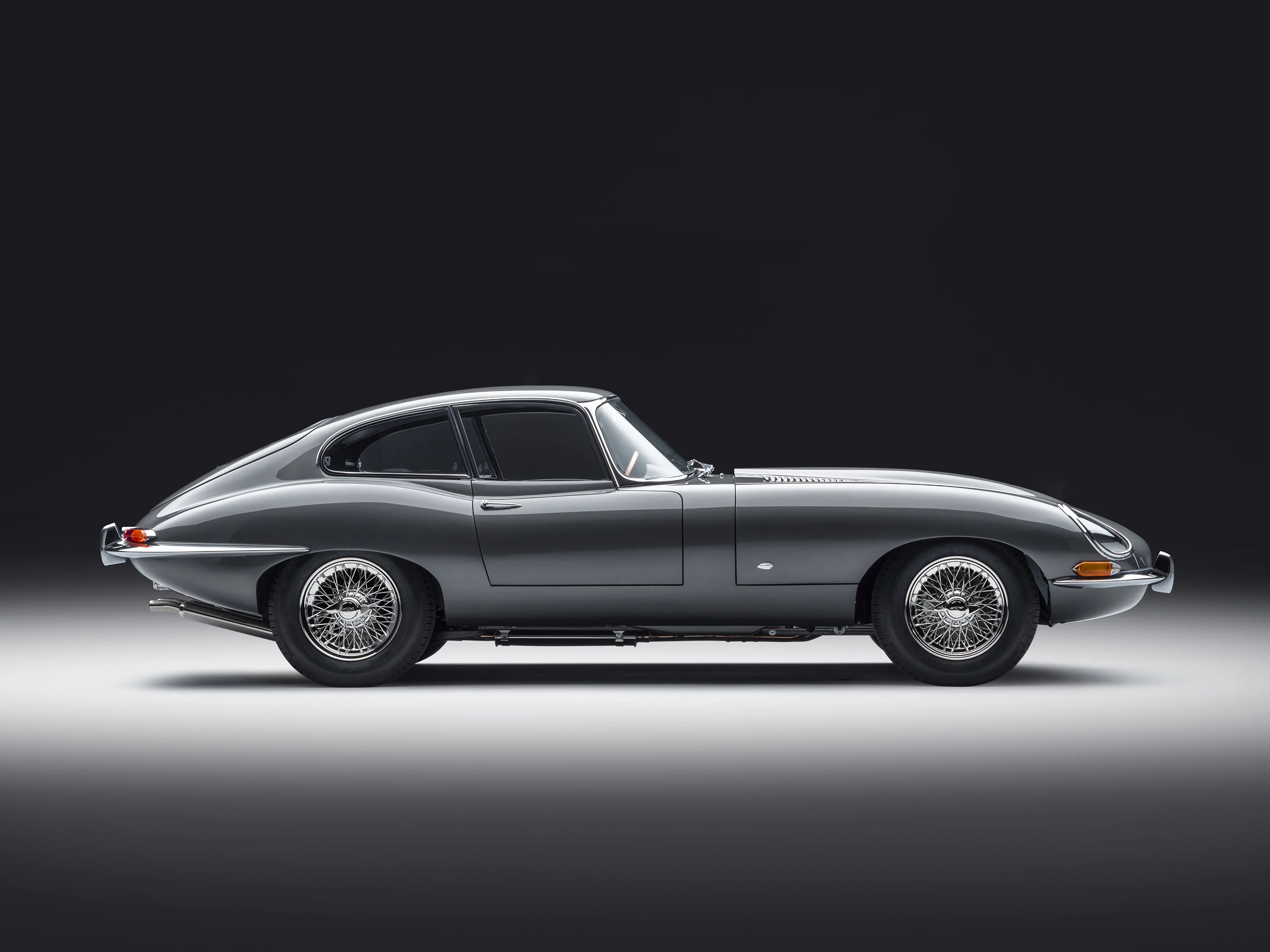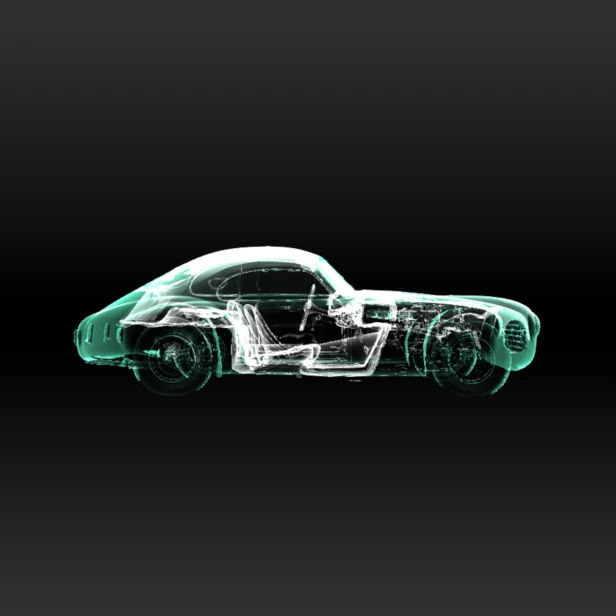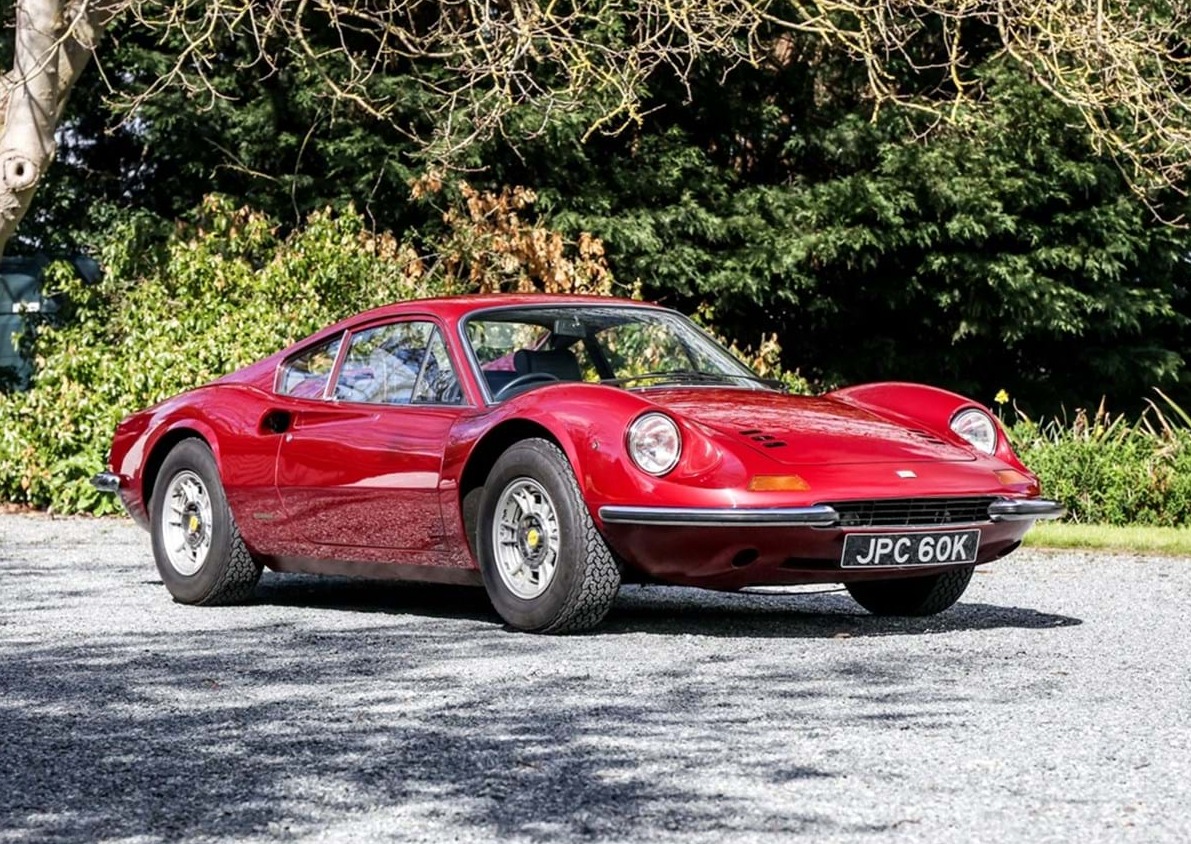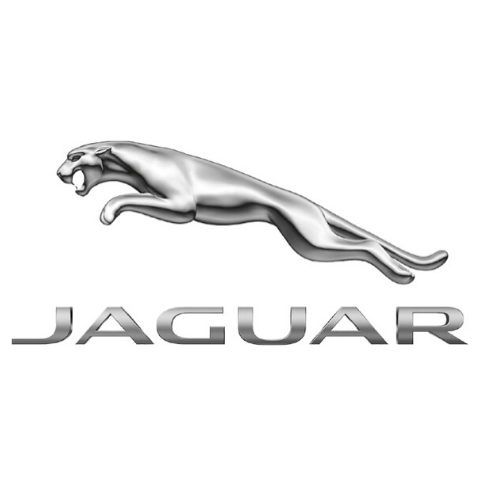1963 Jaguar E-type
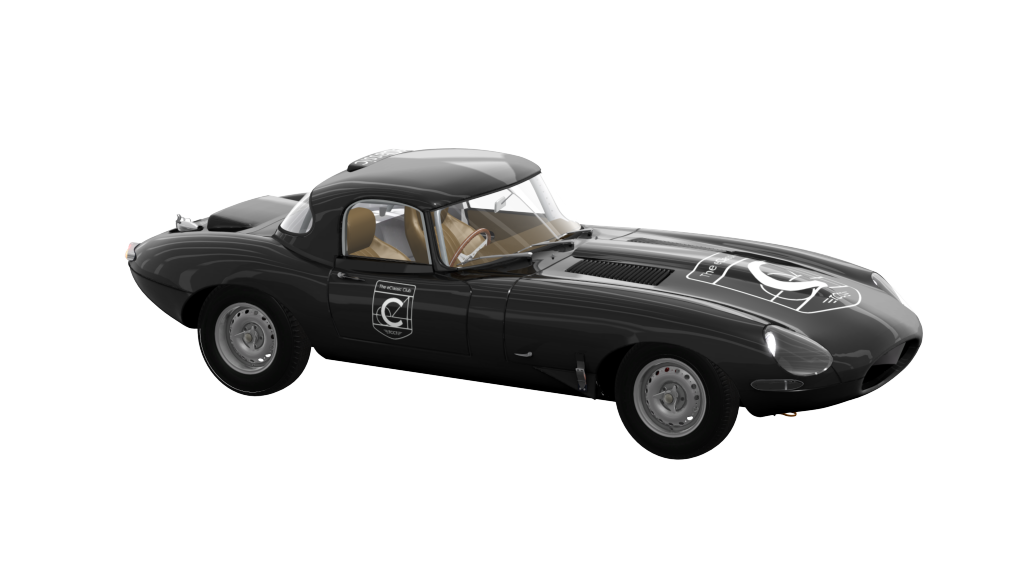
Jaguar built the Lightweight E-Type Competition Roadster as a follow up to the hugely dominant D-Type, which claimed victory at the famed Le Mans 24 Hours three years consecutively. These Lightweights featured revised bodywork, which was manufactured from aluminium instead of the standard steel E-Type panels, and fitted with a race-tuned aluminium block with a ‘wide-angle’ cylinder head and a Lucas fuel-injected, 3.8-litre, straight six-cylinder engine, which could produce in excess of 300 bhp, For the standard road-going E-Type, Jaguar chose to fit a steel body to reduce costs, allowing the car to be more accessible to a larger audience and leading to increased sales. It was important for Jaguar that the E-Type road car was a success; however, when the car took to the circuit, the steel proved to be too heavy, especially when the car was lined up next to the aluminium-bodied Ferrari 250 GTO, Aston Martin DB4 GT Zagato and Shelby Daytona Coupes. For the competition-focused Lightweight E-Type, Jaguar built a special aluminium monocoque with aluminium doors, bonnet and boot lid, making the car an impressive 250 lb lighter than the road car and, importantly, 100 lb lighter than its Italian rival, the Ferrari 250 GTO. To increase rigidity further, Jaguar fitted steel reinforcements in several locations, along with an aluminium hardtop, which also gave the car a fabulous, low, sleek and purposeful look.
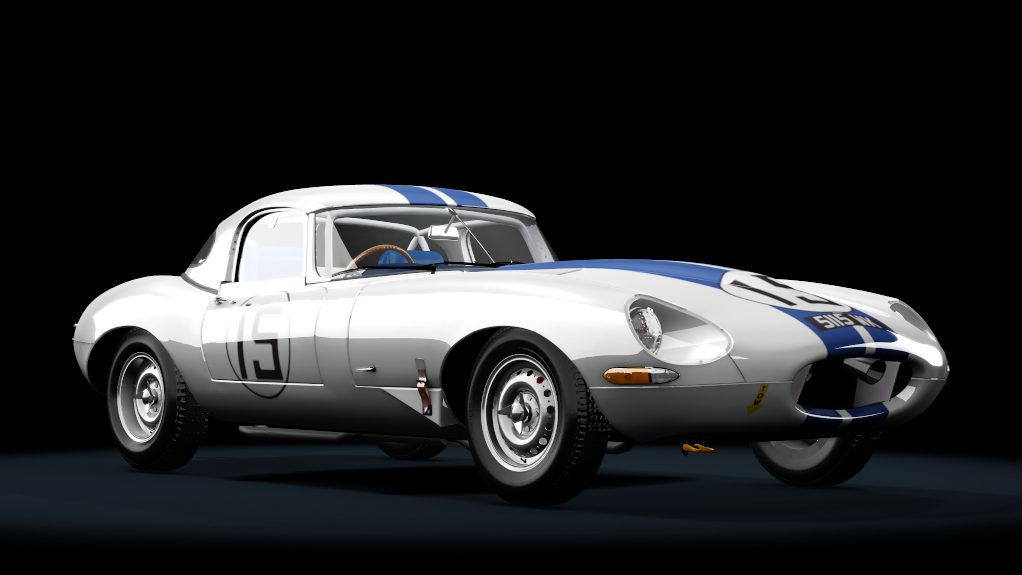
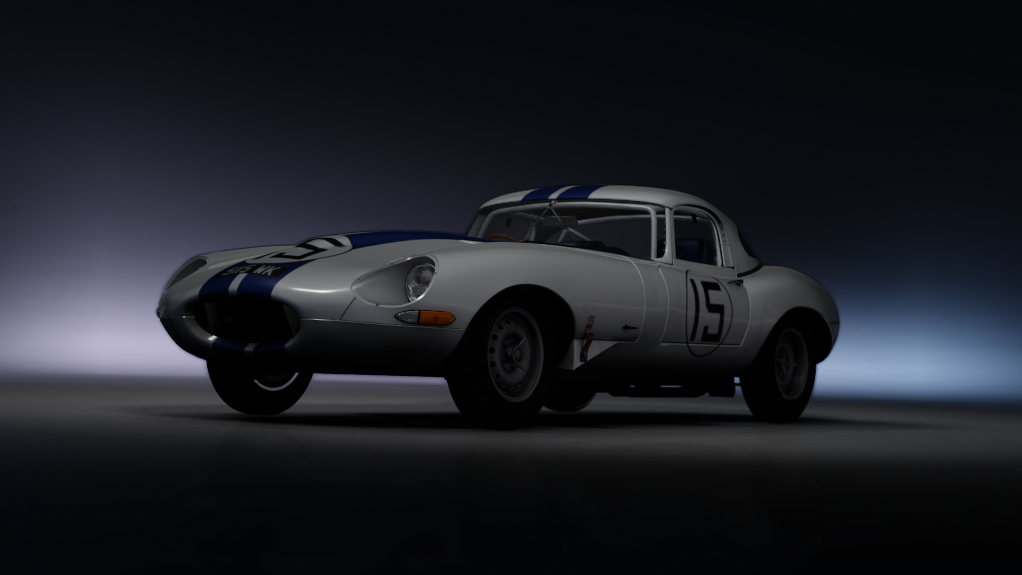
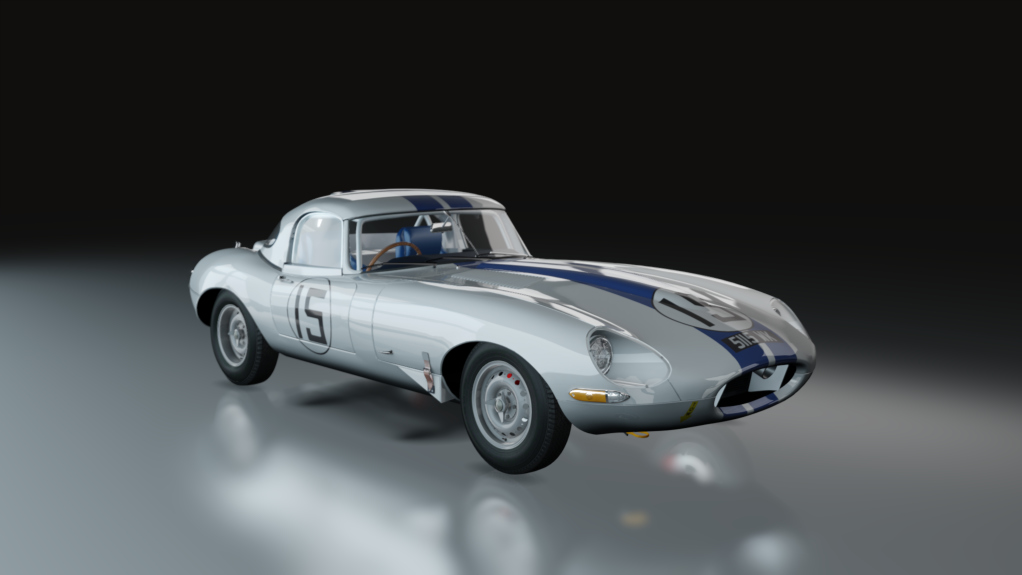

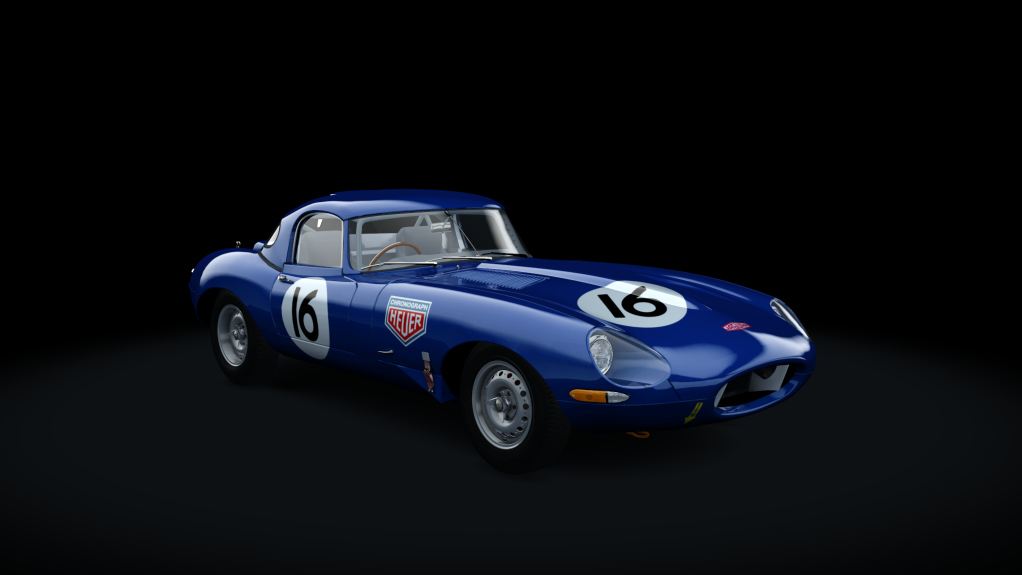
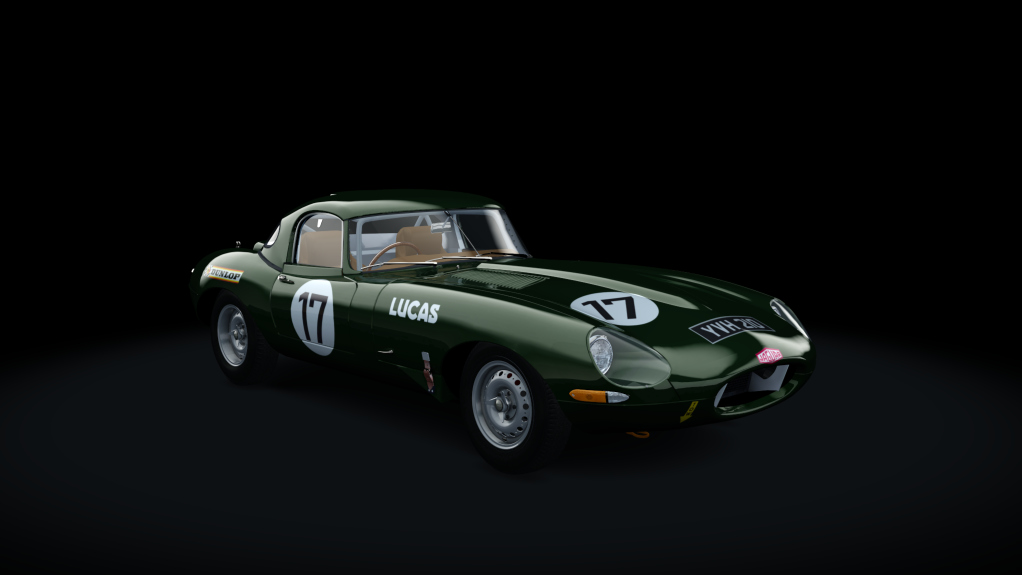


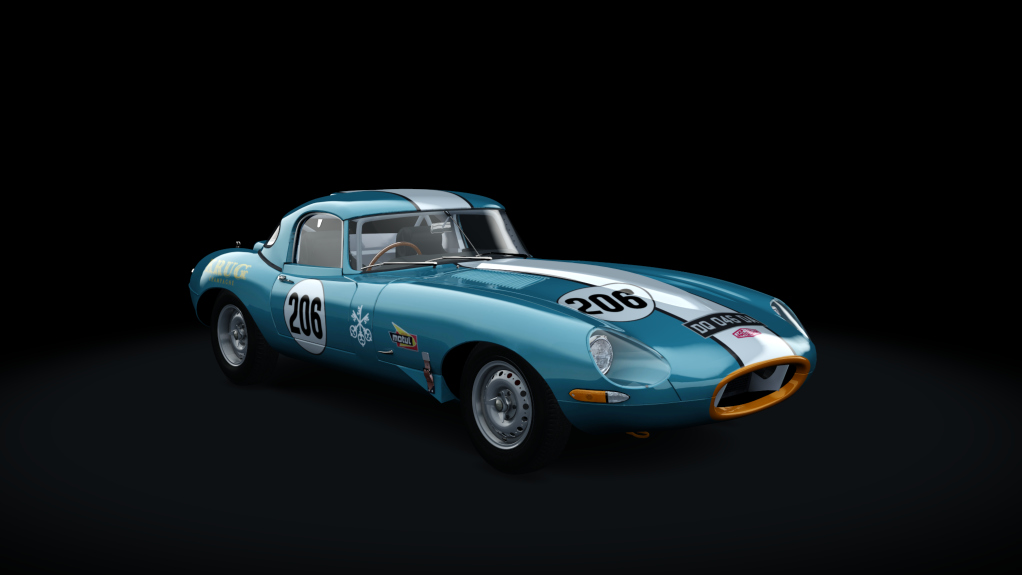
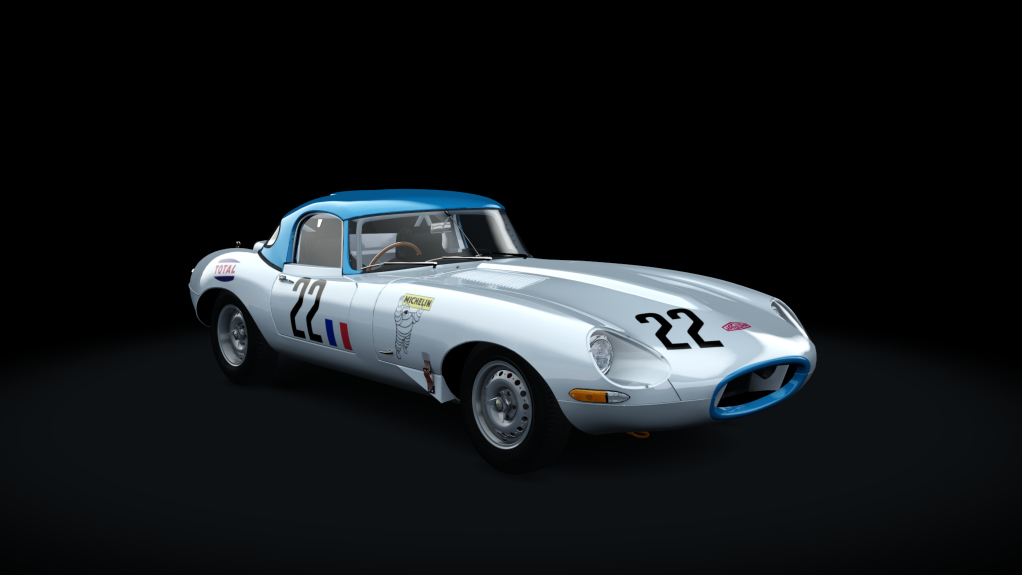
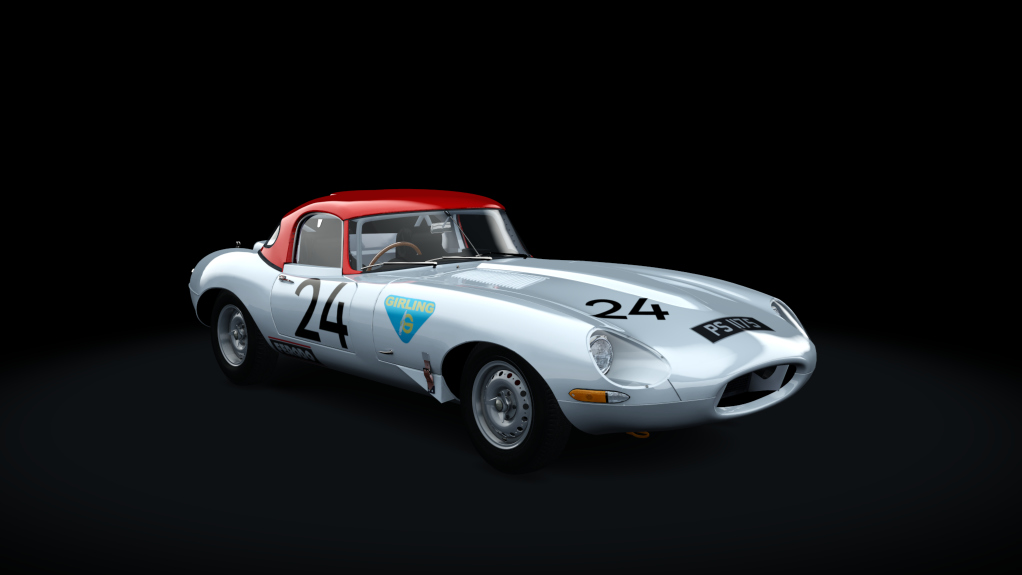
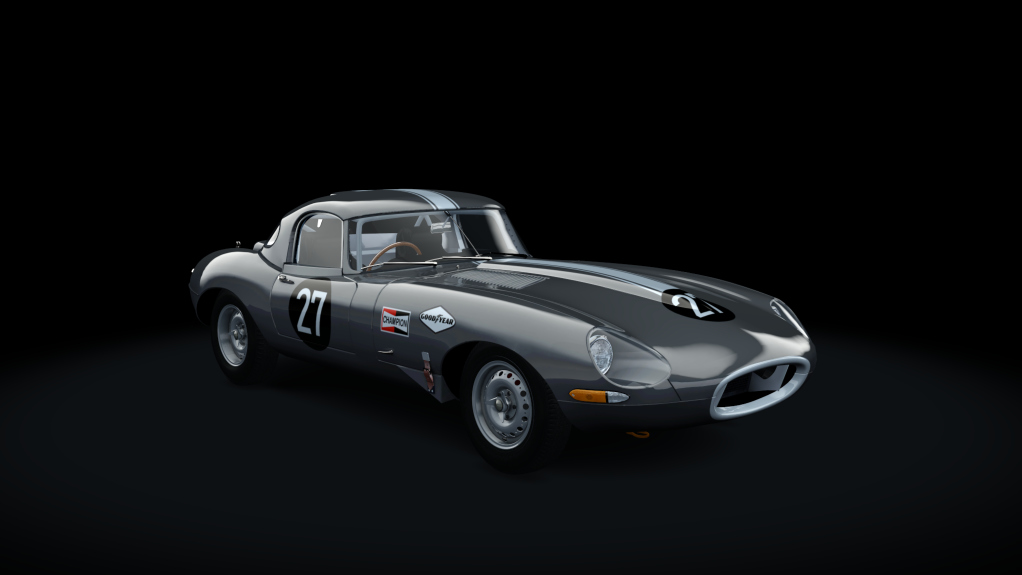

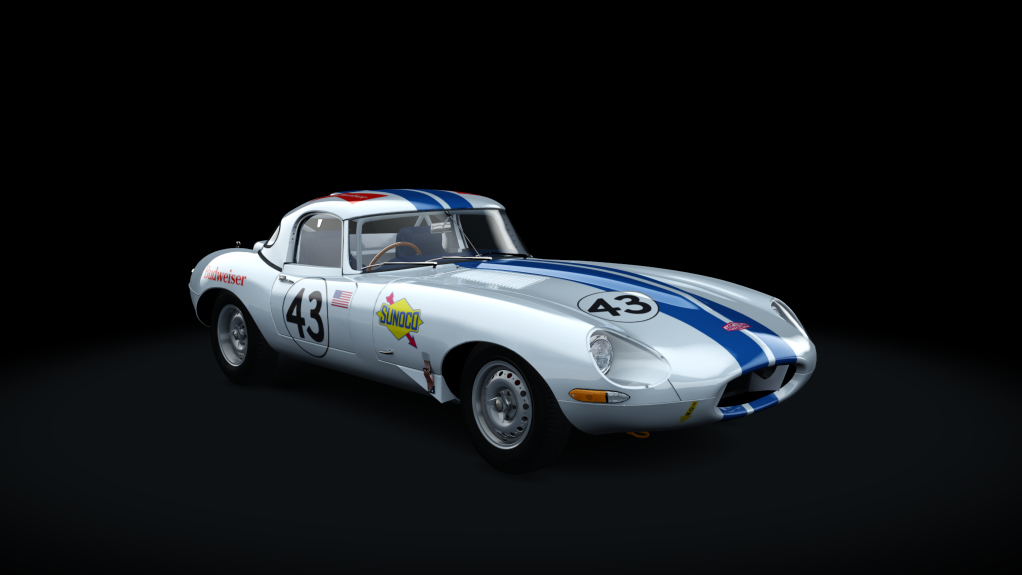
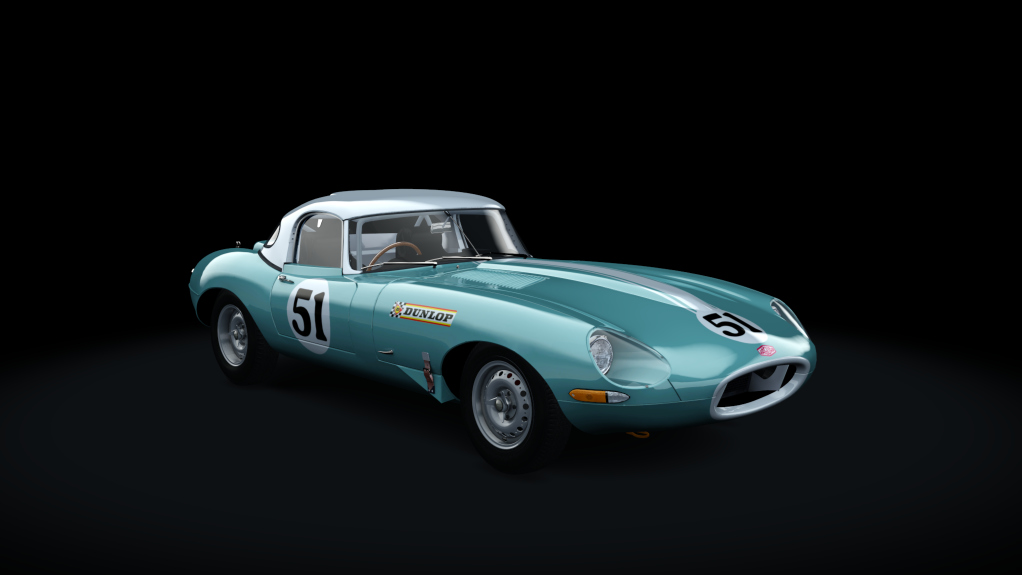
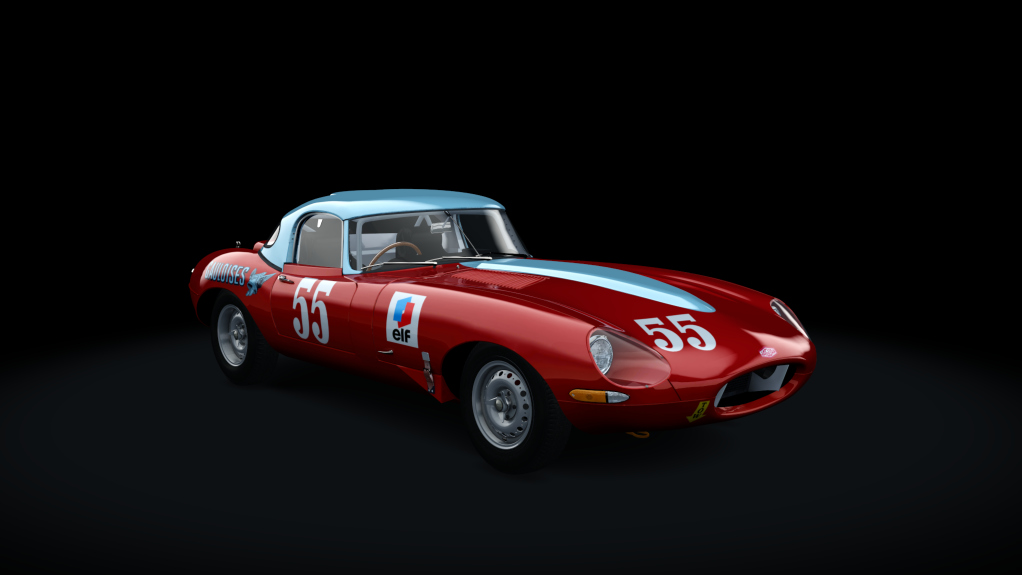
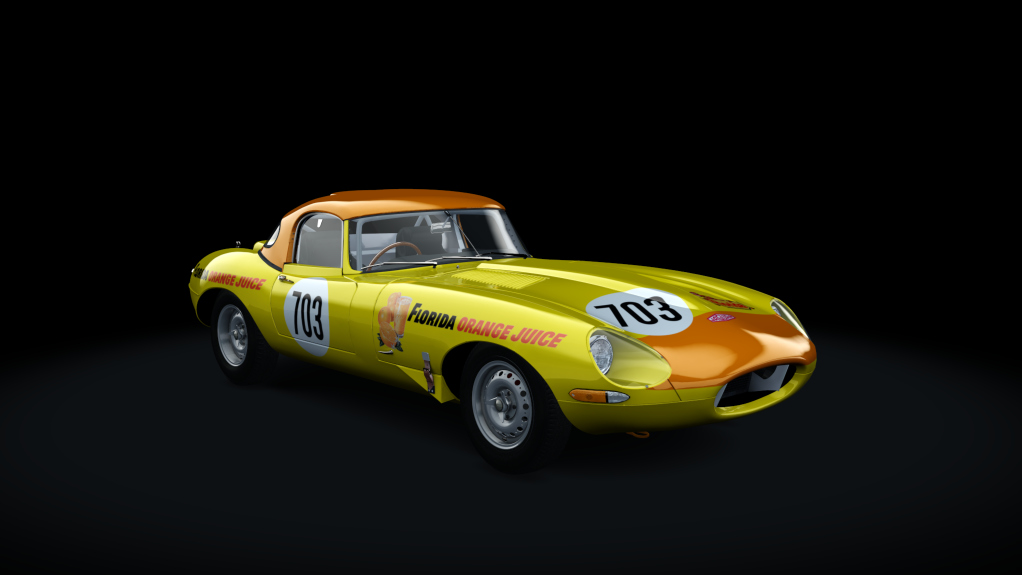
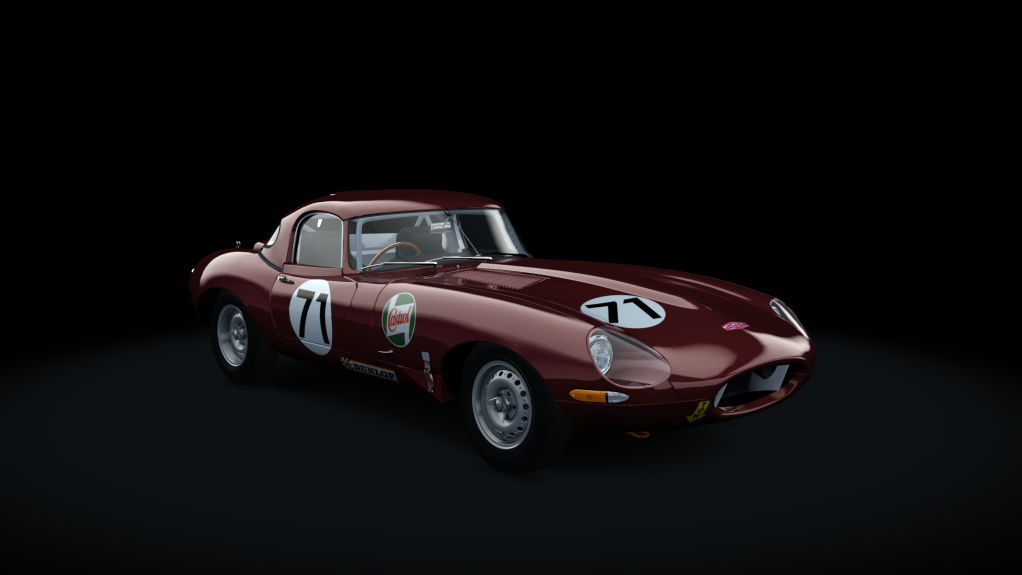
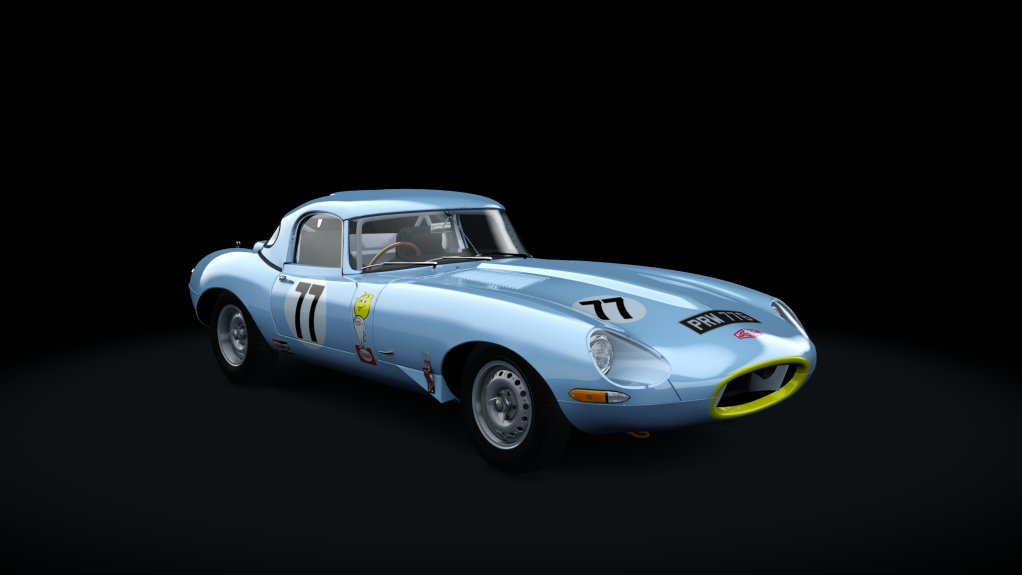
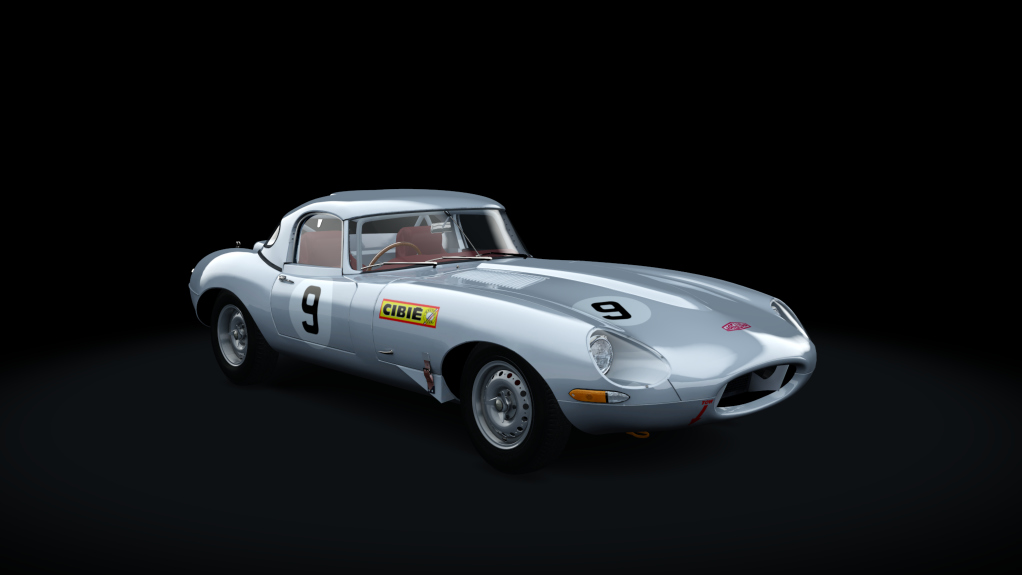
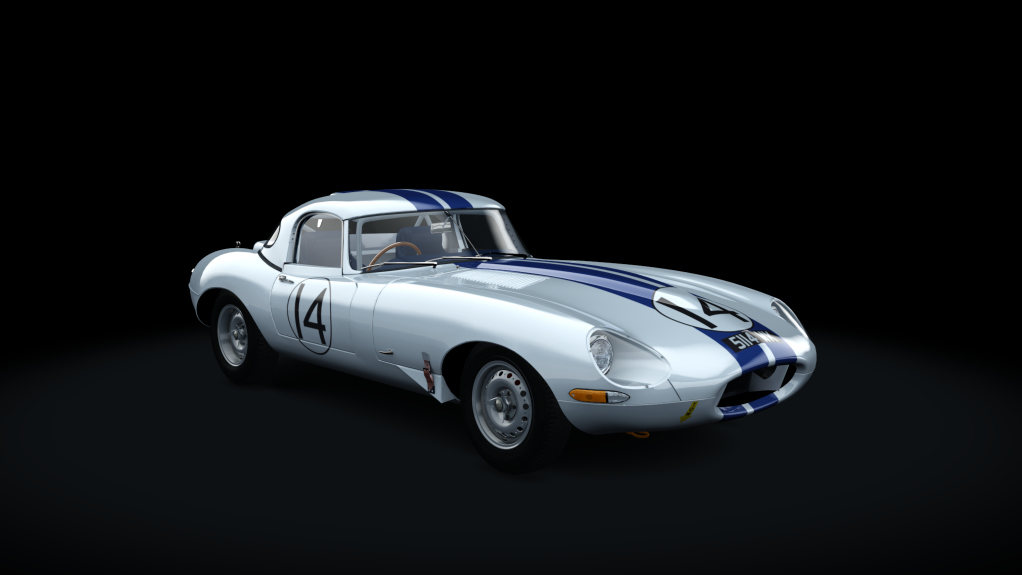
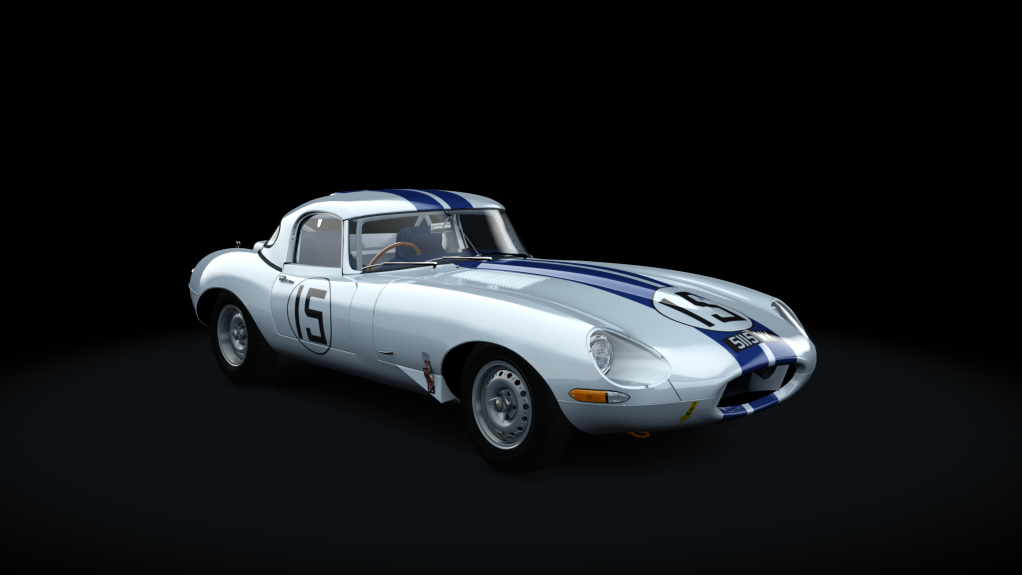
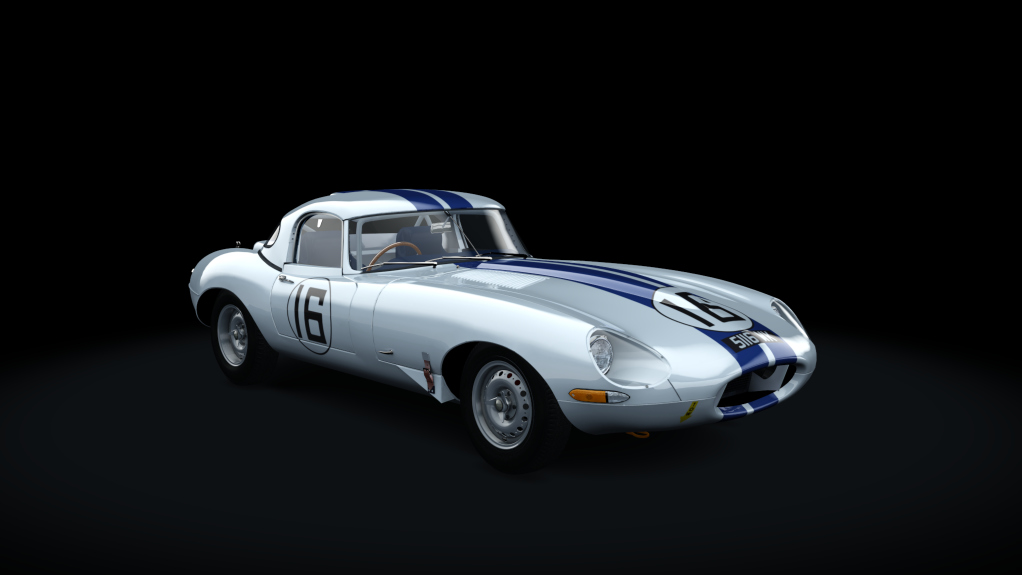
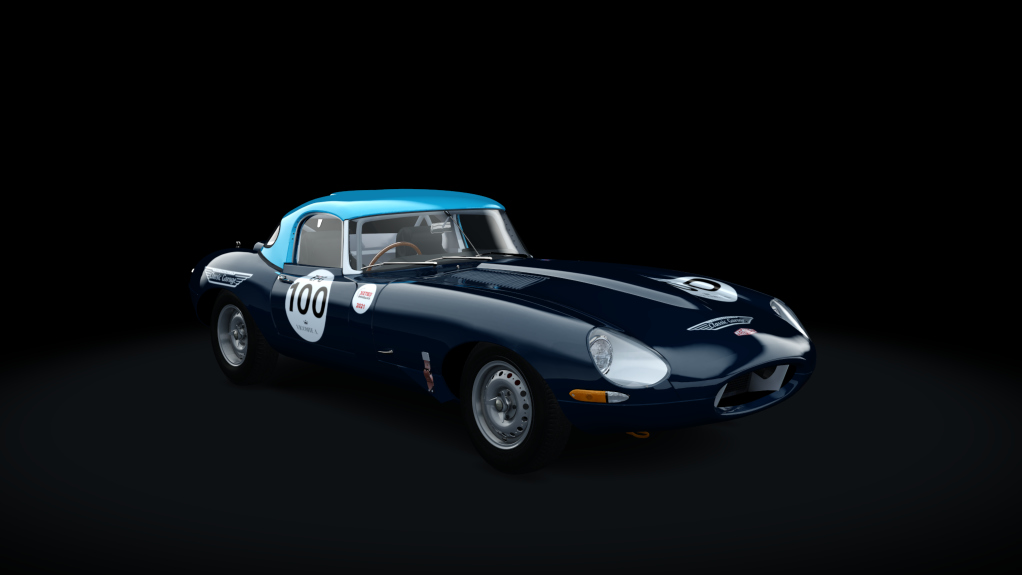
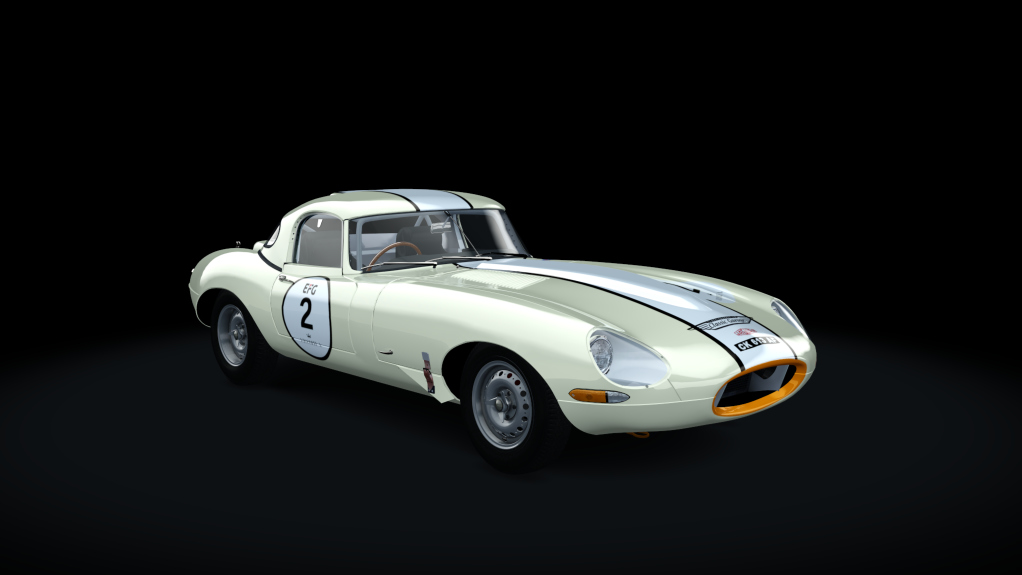

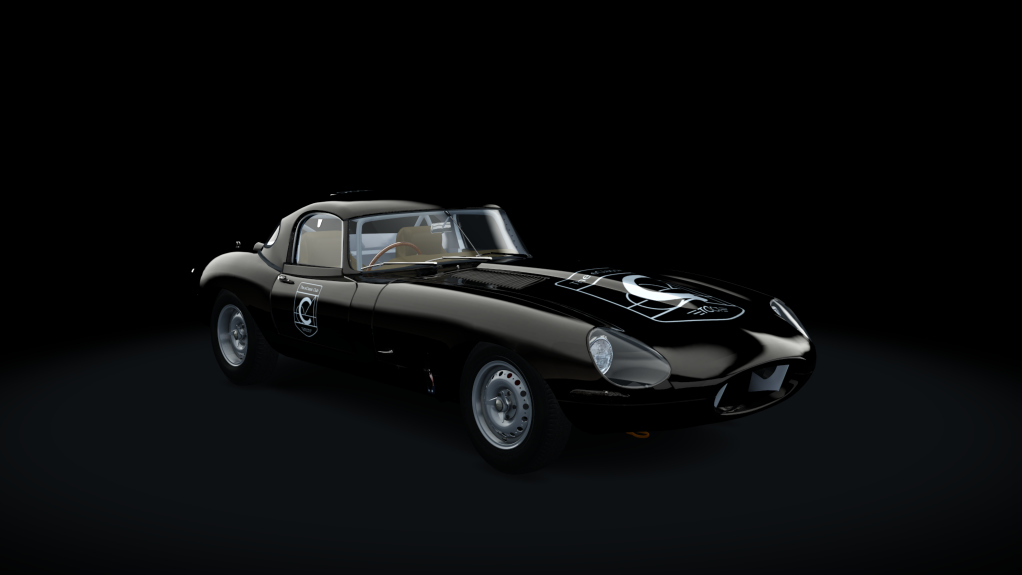

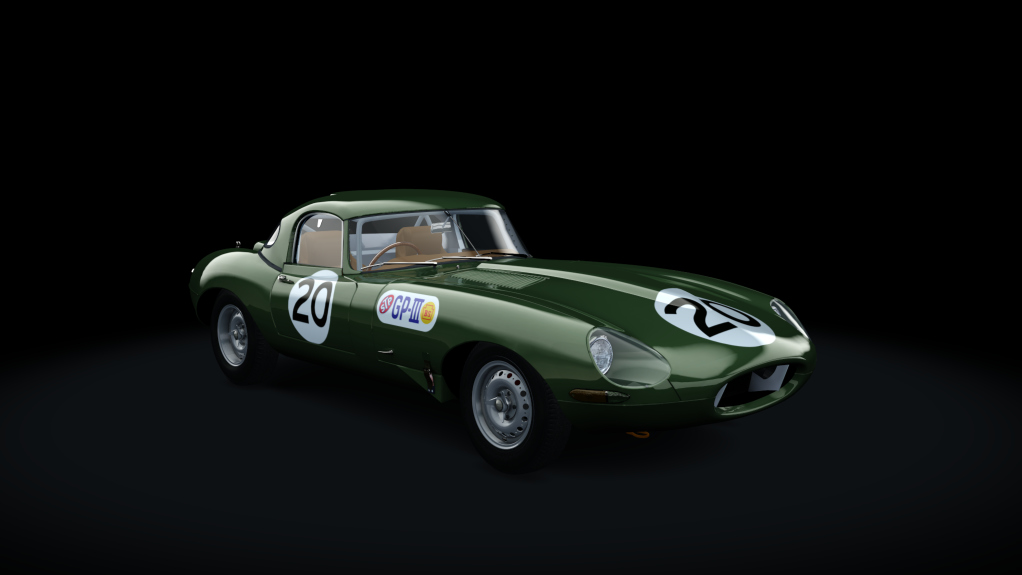
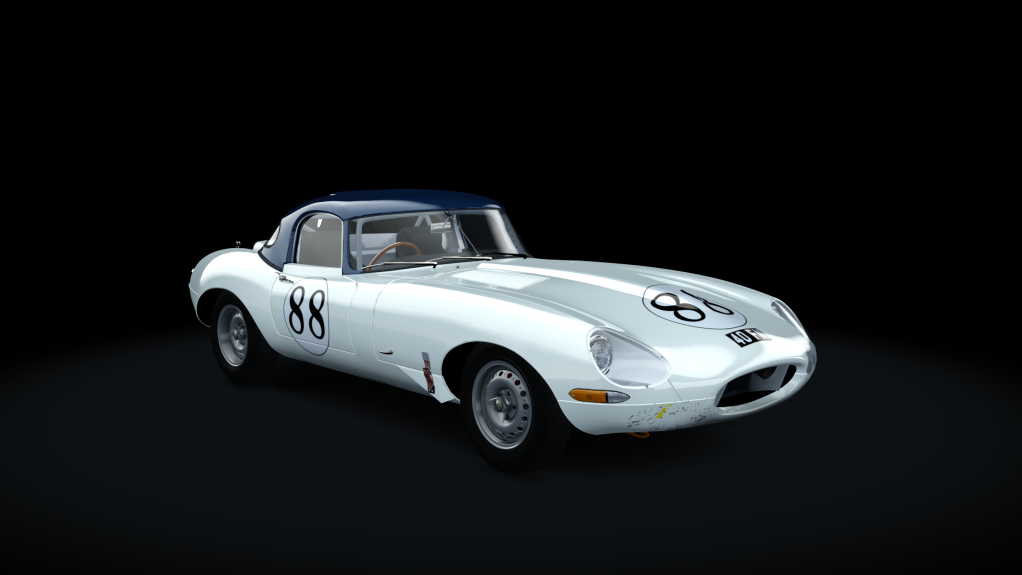
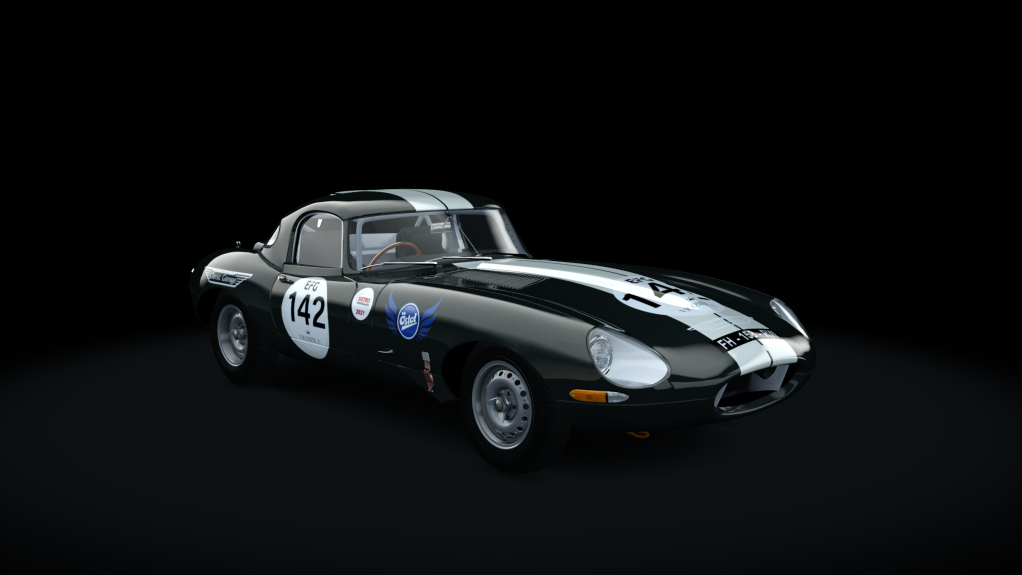

Related news
May 15, 2022
Monaco: many champions, many emotions
No fewer than 9 races, from eight in the morning to six in the evening, with the most beautiful cars in history on...
